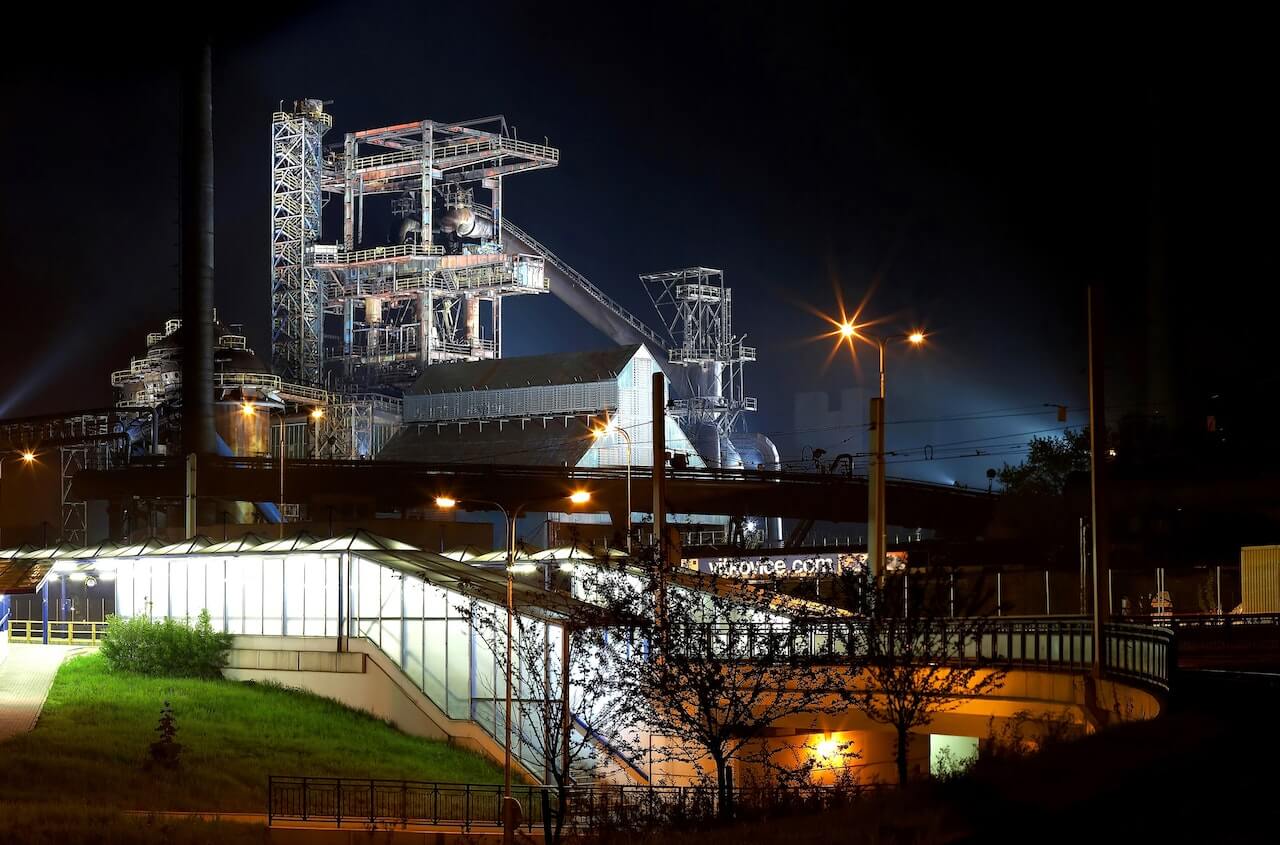
Space often makes people imagine other worlds, another civilization, and space colonization. An interesting fact is that we could easily already build a city on Mars and get the normal routes to Mars such as a bus from your home to work. But until we are waging wars without any intentions and desire for some rich people. our space dreams will be only dreams. Imagine going on holidays to the Moon or visiting Venus for a working business trip. Or even play live casino on the asteroid, just like in Cowboy Bebop anime. Everything depends on us.
Every year, as part of its NASA Innovative Advanced Concepts (NIAC) program, the space agency invests in the most promising projects aimed at space exploration. This year, 14 teams received initial research grants of $175,000.
Building Materials That Will Grow On Mars
Large and heavy objects, such as structures for construction, are difficult to deliver into space. Therefore, one of the NIAC participants this year proposes to grow directly on Mars and use substances produced by fungi and bacteria as building materials. The project was developed by mechanical engineer and materials scientist Kongrui Jean and her colleagues from the University of Nebraska.
Fungi and bacteria, which Jean’s team calls “self-healing materials,” gradually grow to fill the space available to them. From these, researchers have created biominerals and biopolymers that can be used to seal cracks in concrete. In the future, these materials are planned to be used to create durable bricks.
Through the NIAC study, Jean plans to find out whether the growing process can be reduced to a few days. And how long these substances retain their properties under the harsh conditions on Mars.
Lunar Oxygen Transfer Pipeline
Longer lunar missions in the future will require supplies of oxygen, which can also be used as rocket fuel. This is as difficult a task as sending building materials into space. A better option is to produce oxygen on the moon. This gas can be obtained as a by-product from the extraction of water ice through a process called electrolysis.
However, this raises a problem with logistics. Since it will not be possible to organize production near the base where the astronauts will live. The fact is that lunar ice is in permanently shaded craters, and these are the coldest places on the moon.
To solve this problem, another NIAC member is proposing to build a 5 km-long lunar pipeline that will deliver oxygen to astronauts. The project is being developed by the team of Peter Curreri, a former NASA scientist and founder and chief scientist of Lunar Resources.
The pipeline will include several segments made from metals such as aluminum extracted from the lunar regolith. The segments will be welded to each other, and the pipe itself, like oil pipelines on Earth, will be located in a trench or on special supports. It will provide a flow of oxygen at a rate of 2 kg/h, which will satisfy the needs of the astronauts.
Now Carreri and his colleagues are conducting a feasibility study of the project. They are calculating potential costs, choosing the best architecture, and figuring out whether the rovers can handle the pipe repair.
Space Reflector
Zachary Cordero, an MIT astronautics researcher, is developing another way to produce objects in space called bend-forming. As part of this process, the wire rope is bent in a specific way. Then splices are added to create a strong structure.
Cordero and his team are working on a specific application of this technology. They are developing a reflector for a high-orbit satellite. It can track storms and precipitation by detecting changes in atmospheric humidity.
Like some of the other NIAC members, Cordero aims to build huge objects in space. he wants to get around the size and weight restrictions when launching a rocket. According to Cordero, the process developed by his team allows one rocket to launch such a volume of material. It will be enough for a dish measuring 100 m.














